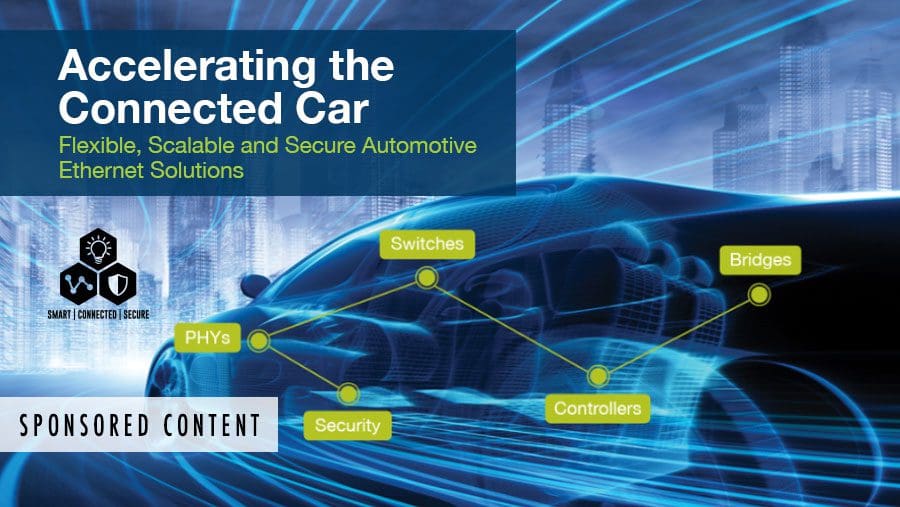This sponsored post, associated with the IEEE Standards Association (IEEE SA) Ethernet & IP @ Automotive Technology Day event, solely represents the views of the author, was developed independently by the entity sponsoring the post, and does not necessarily represent a position of either IEEE or IEEE SA.
When Microchip introduced the industry’s first AEC-Q100 qualified Ethernet PHY in 2008, we did not know it would herald the transformation of in-vehicle networks to include Ethernet backbones. In part, this was driven by the concept of zonal architectures. Traditionally a vehicle’s Engine Control Units (ECUs) were distributed to the domain they were controlling. There could be a lighting control unit, a door control unit, a powertrain ECU etc. With zonal architectures, the network can be organized to have zones related to a position in the vehicle rather than a function. Each zone then has a connection to many different domains. The choice of zone and connectivity is now up to the Original Equipment Manufacturer (OEM) to optimize.
Zones also offer total system advantages that the OEM can take advantage of when it comes to provisioning devices. Gateways from one vehicle network to another become irrelevant when the whole network is Ethernet. The use of Ethernet switches comes into play, allowing an end-to-end or even cloud-to-node accessibility over Ethernet, making TCP/IP and other Layer 3 protocols accessible for diagnostics, provisioning and software updates.
Zonal architectures allow higher speed backbones to be implemented between zones. With the advent of autonomous vehicles. Even level 2 is flexing the available bandwidth to make lane and automated braking more intelligent. In part, this is driven by the increasing bandwidth used at the sensors themselves and the computing power available to process these data streams.
The other side to this is that a move to Ethernet is not going to be instantaneous or across a whole vehicle network. Controller Area Network (CAN) and Local Interconnect Network (LIN) have had a place for a long time, and 100Base-T1 or 1000Base-T1 do not economically address the needs of converting these networks to Ethernet. The edges of the vehicle network, where the volumes of connected devices are higher, needs a different approach that not only optimizes bandwidth but also connectivity. Making the approach as inexpensive as possible to adopt in a wiring harness is critical to adoption.
The new 10Base-T1S IEEE 802.3cg standards offer the necessary features to scale across many lower bandwidth nodes but still offers a standard Ethernet protocol. 10Base-T1S offers a standard Ethernet connection with the advantages of a bus-based topology. It can support defined latencies in operation to ensure Quality of Service (QoS) and still be made with inexpensive cabling and common connectors at existing suppliers.
As a supplier, Microchip recognizes that we need to match and exceed the real-time demands of a CAN network while offering access to Ethernet. We have developed a set of tools that will allow OEMs to design a new 10Base-T1S network based on the operation of legacy CAN networks and ensure all the existing real-time demands are carried over.
Microchip is carrying on from where we were in 2008 by offering technologies from 10 Mb/s to 10 GigE and beyond. At the IEEE Ethernet & IP Automotive Tech Day this year we will demonstrate technology related to the latest IEEE 802.3cg 10Base-T1S standards.
See Microchip in booths C11 and C20 at the IEEE SA Ethernet & IP @ Automotive Technology Day, 24-25 September 2019.









